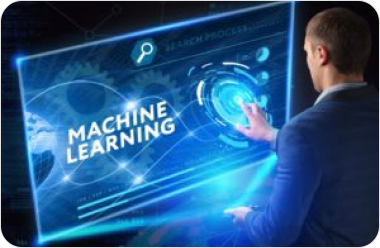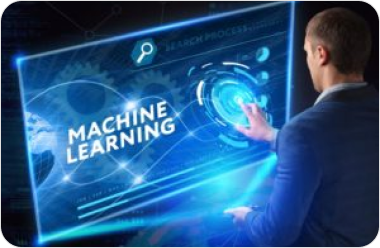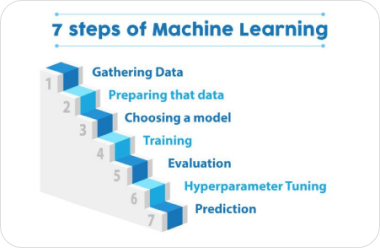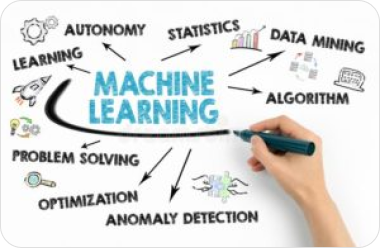Machine learning can come with a certain level of bias, so we discuss the preferences andprevent discrimination using careful planning.
Machine learning has the potential to revolutionize the way we solve problems and make decisions, but it’s not without its risks. One of the main concerns with machine learning is the potential for bias and discrimination. Here’s what you need to know:
- Bias in Data: Machine learning algorithms rely on data to make decisions, and if the data is biased, the algorithm will also be biased. This can lead to discriminatory outcomes, such as denying loans or job opportunities to certain groups based on their race or gender.
- Lack of Transparency: Machine learning algorithms can be opaque, meaning that it’s not always clear how they arrive at their decisions. This can make it difficult to identify and correct biases.
- Unintended Consequences: Machine learning algorithms are designed to optimize for a specific objective, but they may have unintended consequences. For example, a chatbot designed to maximize customer satisfaction may end up providing inaccurate information if it hasn’t been properly trained.
To mitigate these risks, it’s important to approach machine learning with careful planning and consideration. Here are some steps you can take:
- Collect Diverse Data: To reduce the risk of bias, it’s important to collect diverse data that represents all segments of the population.
- Test for Bias: Before deploying a machine learning algorithm, it’s important to test it for bias and discrimination. This can be done by comparing the outcomes for different groups and identifying any disparities.
- Increase Transparency: To increase transparency, machine learning algorithms should be designed to provide explanations for their decisions. This can help identify and correct biases.
- Monitor Performance: Once a machine learning algorithm has been deployed, it’s important to monitor its performance and outcomes over time to identify any unintended consequences or biases.
In summary, while machine learning can come with certain risks, these risks can be mitigated with careful planning and consideration. By collecting diverse data, testing for bias, increasing transparency, and monitoring performance, we can harness the power of machine learning while minimizing its risks.






